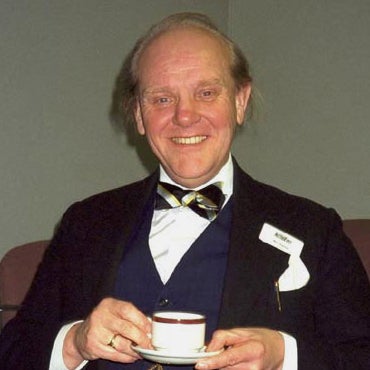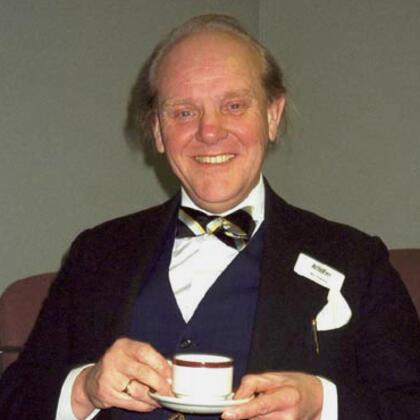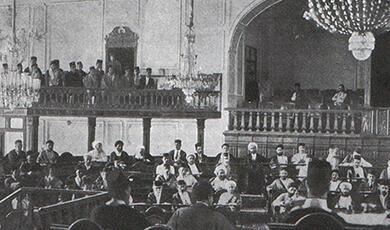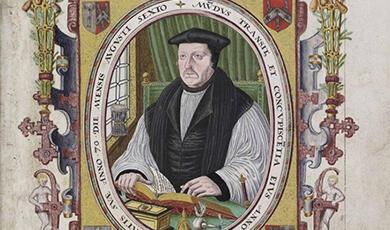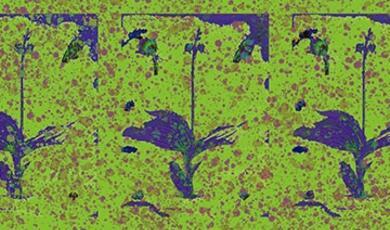The celestial geometry of John Flamsteed: Mapping the heavens from 17th century Greenwich
Share
- Details
- Text
- Audio
- Downloads
- Extra Reading
During his 46 years as Astronomer Royal, John Flamsteed elevated the mapping of the heavens to an entirely new level. His practical geometry, and his development of mathematical instruments that worked to a new standard of accuracy, meant that his Catalogue remained in use well into the 18th century. Its production, however, plunged Flamsteed into a bitter controversy with Isaac Newton, while his eminence as an astronomical geometer led to his being invited to deliver an influential lecture series at Gresham College in 1684.
This lecture was jointly held with the British Society for the History of Mathematics.
Download Text
THE CELESTIAL GEOMETRY OF JOHN FLAMSTEED: Mapping the Heavens from 17th Century Greenwich
Dr Allan Chapman
The physical sciences have always undergone spurts of rapid innovation in the wake of the development of crucial new technologies, because such technologies made available new data from which fresh interpretative conclusions could be drawn. The work of the Revd John Flamsteed and the founding of the Royal Observatory, Greenwich, after 1675, came about very much in the wake of such technological developments, and their demonstration at Gresham College.
For much of the astronomical research of the 17th century was not concerned with looking at objects in the sky, but with accurately measuring the respective positions of the stars and planets with regard to each other. This involved a complex celestial geometry. The stars in the constellations, of course, never moved position from each other and were regarded as “fixed”. Yet moving among the stars of the Zodiac band were the planets, the Sun and the Moon, whose position changed on a nightly basis. Monitoring these changes had occupied astronomers since antiquity, for knowledge of solar, lunar and planetary wanderings lay at the heart of accurate calendars and time-keeping.
And by the17th century, astronomers had come to realise – a full 100 years before John Harrison and the development of the marine chronometer – that if one could predict the exact place of the moon amongst the constellations for a year or two ahead, then tables of these motions could be supplied to navigators as a way of finding the longitude of ships on the ocean. By the reign of King Charles II, moreover, in the 1670s, both the Royal Navy and the Merchant Marine had an urgent need for improved navigational accuracy.
In 1675, John Flamsteed was consulted by the King and the Royal Society about the establishment of a Royal Observatory, the purpose of which would be to conduct painstaking geometrical observations of the Sun, Moon and stars which might be able to provide a solution to the longitude problem.
Flamsteed was a private gentleman in 1675, who also had the acknowledged advantage of being the most knowledgeable practical astronomer in Great Britain. He realised that three very recent technological innovations had just been produced which had the potential of making practical celestial geometry vastly more precise.
They were: (a) the telescopic sight, which enabled astronomers to measure star positions 40 times more precisely than by the naked eye; (b) then there was the screw micrometer which could reliable measure the tiniest angles, and (c) the pendulum clock, which at a stroke, in 1658, had transformed the accuracy of clocks from an error of 10 minutes to 5 seconds per day.
Technology, innovation, the hoped-for solution to a political and strategic problem, and the geometry of the heavens all came together in a period of intense scientific and mathematical creativity.
© Dr Allan Chapman, Gresham College, 10 February 2005
This event was on Thu, 10 Feb 2005
Support Gresham
Gresham College has offered an outstanding education to the public free of charge for over 400 years. Today, Gresham College plays an important role in fostering a love of learning and a greater understanding of ourselves and the world around us. Your donation will help to widen our reach and to broaden our audience, allowing more people to benefit from a high-quality education from some of the brightest minds.


 Login
Login
